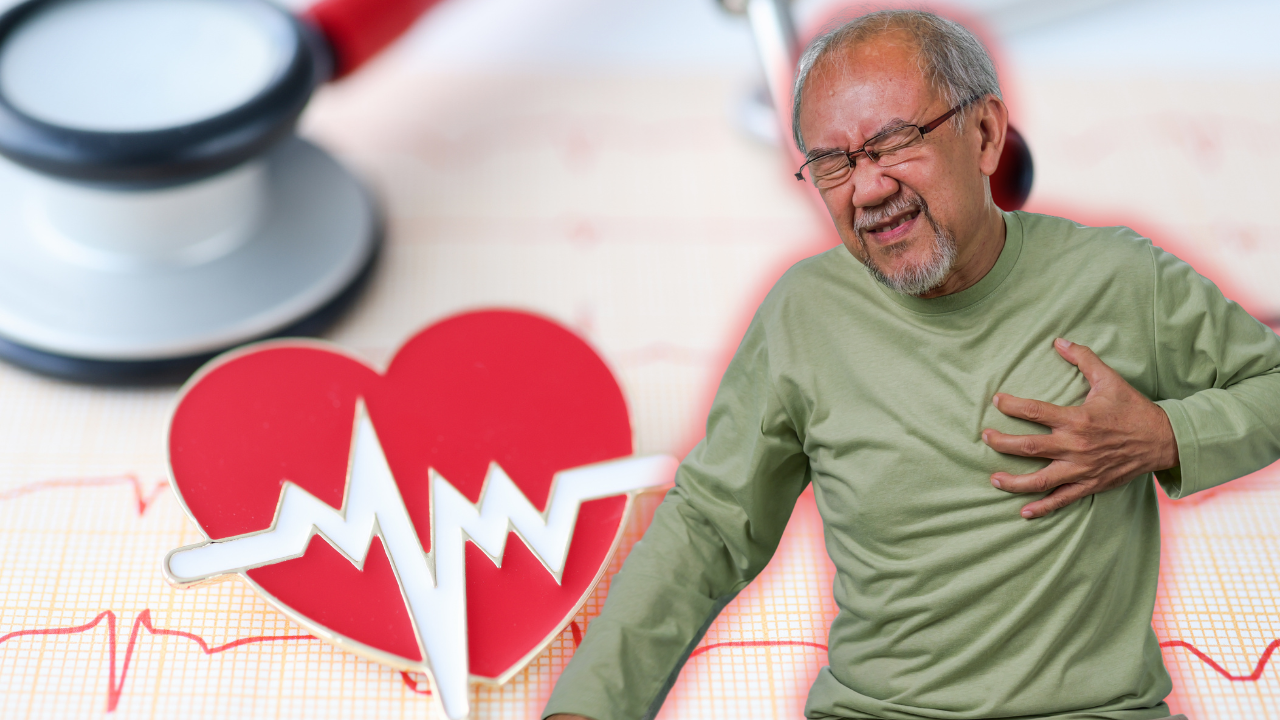Cardiologist Lists 10 Things That Can Increase Your Risk Of Deadly Heart Disease

(Credit-Canva)
SummaryPeople often trivialize their heart health, doing things that can have severe effects on their heart without understanding the consequences. While there are some basic habits that can affect our heart, we are aware of there are many others we ignore. Here are 10 habits that can put your heart at risk.
End of Article
